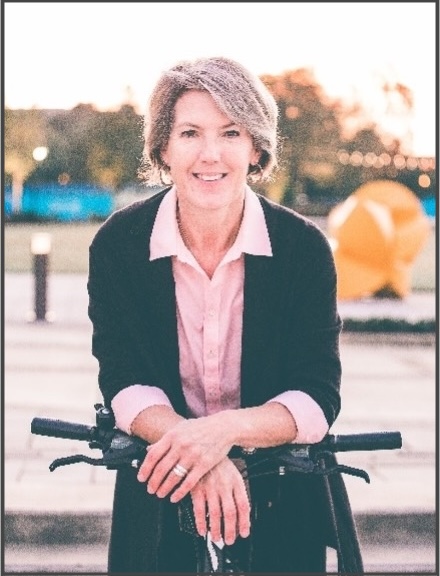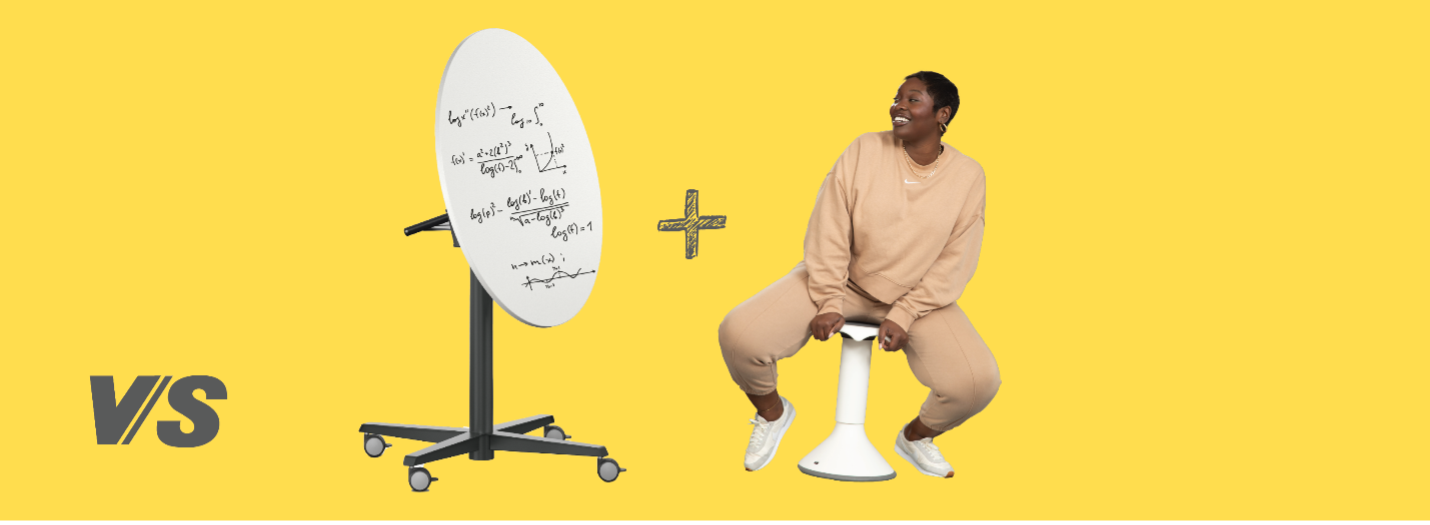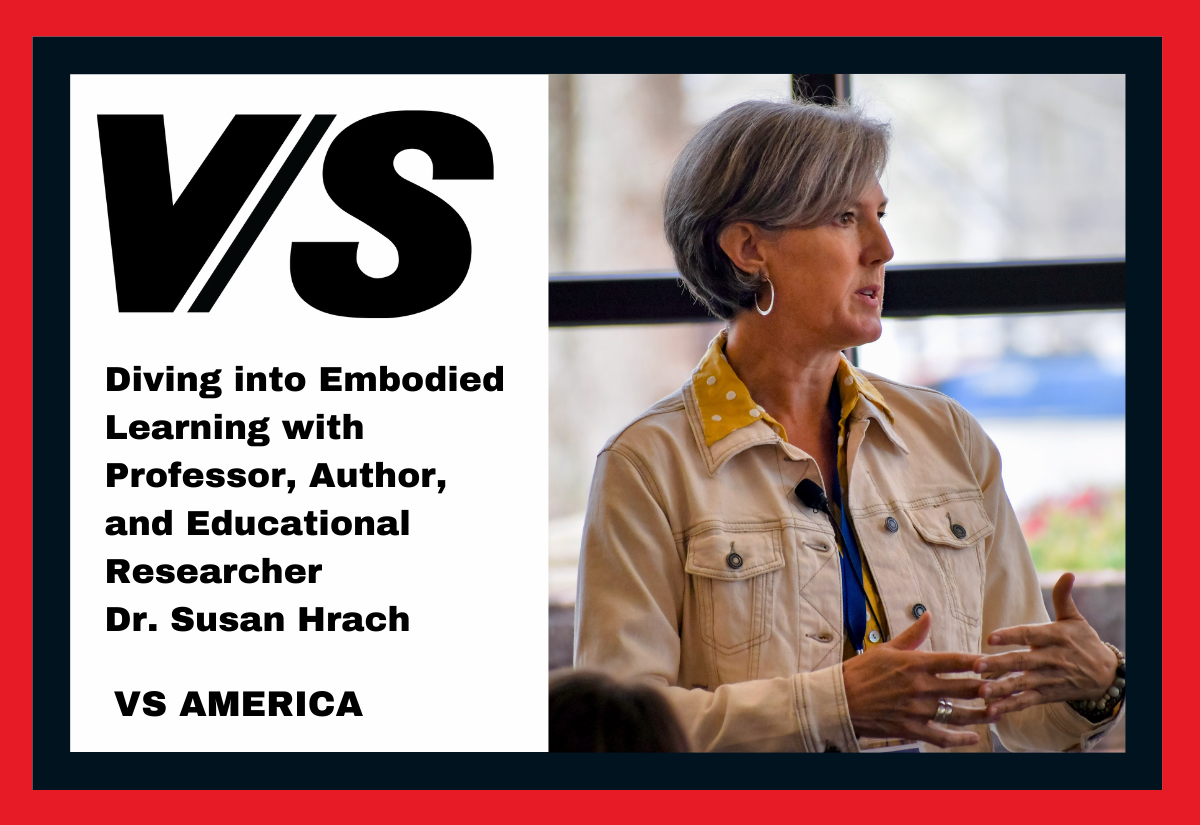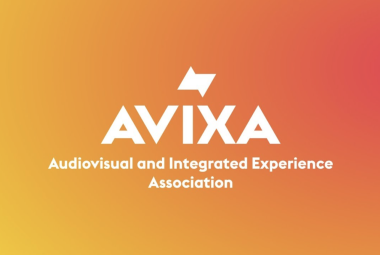VS’ Higher Education Director, Thomas Doe, interviewed Columbus State University’s Dr. Susan Hrach about her research on embodied learning and how she considers physical movement and our relationship with space can make a difference in learning outcomes.
What was your turning point that encouraged you to start challenging the way teaching could be done in the higher education space?
 Over years of leading study abroad programs, I noticed that students were so much more engaged when we were immersed in an environment connected to the material. I wanted to create that engagement on campus and started researching experiential learning and embodied cognition. I realized that movement, sensation, and physical space had an enormous impact on learning, and few academics (like me) seemed to be thinking about it.
Over years of leading study abroad programs, I noticed that students were so much more engaged when we were immersed in an environment connected to the material. I wanted to create that engagement on campus and started researching experiential learning and embodied cognition. I realized that movement, sensation, and physical space had an enormous impact on learning, and few academics (like me) seemed to be thinking about it.
In your book, Minding Bodies: How Physical Space, Sensation, and Movement Affect Learning, you talk about some of the ways you changed your behavior and use of space with students. What did you find most successful and what did you feel didn’t quite work that you hoped would?
I intentionally built a new classroom norm around moving during class; I explained to students that movement assists cognitive functioning and how mapping content around the room (and beyond it) allowed them to navigate objects and concepts spatially. Sedentary norms are deeper and stronger than I realized, though, and expectations don't change after trying one new activity.
You worked on Fulbright work at Carleton University in Ottawa. Tell me about that experience- what impact do you think the experience had on you as a professional in the scholarship of teaching and learning?
Walking through academic spaces at universities much bigger than my home institution impressed on me how consistently the infrastructure of higher education communicates that learning requires a single point of focus: one person talking at a time, one AV element that everyone is supposed to pay attention to. But we know that active learning happens when multiple voices are speaking and multiple activities are taking place at the same time (or it's quiet, which means each learner is individually focused). The Future Learning Lab at Carleton U. and their Teaching and Learning Services unit are leading the way toward flexible, mobile, physically active learning. I loved having an office in the middle of the beautiful FLL space and watching the students use it for collaborative learning.
What trends do you foresee being considered as it relates to space design, technology, and generally how students and faculty interact on campus as colleges and universities move forward with strategic and master planning?
Designers, architects, facilities, and tech professionals need educational developers (often housed in a Center for Teaching and Learning) -- we are the key to making sure expensive investments result in pedagogical success. As campus partners, we should develop a coherent vision for accessible, inclusive student learning experiences: online, blended, and in-person. For example, when IT purchases and installs tools controlled through big instructor stations in classrooms, they're restricting the mobility of the faculty member. Physical access to the instructor and easy access to circulate among each other makes a difference in students' engagement and sense of belonging. Can facilities and tech support immersive learning and human interaction through, say, classifying more whiteboards as in-person technology? Can mobile devices and physical movement support faculty and students to learn in the ways humans are naturally built to gain knowledge and skills?
Supporting Embodied Learning with VS
Staying Active and offloading ideas when collaborating has never been easier with VS. Our Rondolift table can be outfitted with a writeable surface and hinges to make presenting ideas a breeze. Pair it with our height adjustable Hokki Stool to keep your body engaged and you have a flexible solution students and faculty will love. For more information email us at info@vsamerica.com.
Connect with VS America:
Web: https://www.vsamerica.com
Email: info@vsamerica.com
LinkedIn: https://www.linkedin.com/company/vsamericainc/
X (Formerly Twitter): https://twitter.com/vsamerica








